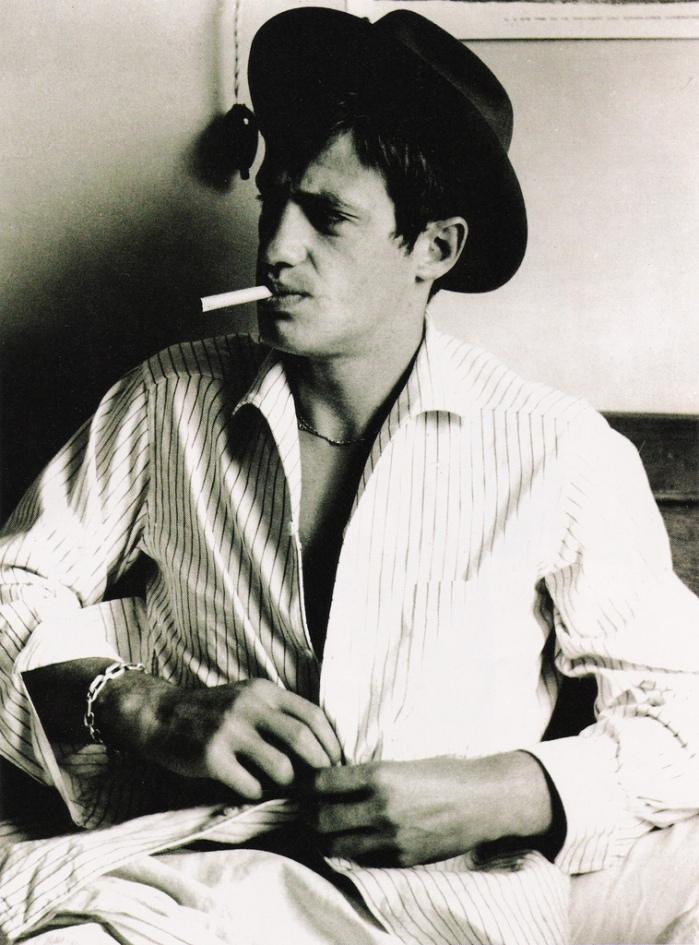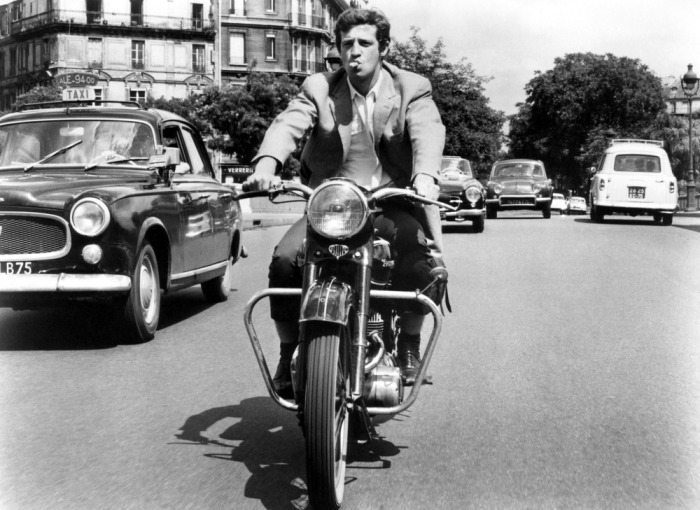Saying that Elvis is an icon doesn’t quite cut it. There’s really never been anyone else who’s come along since that could fill his mammoth shoes in terms of talent, looks, style, presence and star power– and likely never will be. Don’t even think the words “Michael Jackson,” no way. Not. Even. Close. Jackson took a lot of style cues from Elvis, from his trim black pants, white socks, and black loafers– and obviously his slick dance moves were a tribute to the King’s infamous gyrations first unleashed back in ’56 on “The Milton Berle Show” and “The Ed Sullivan Show.” Those infamous performances (for which he was paid handsomely for, and drew ratings that were off the charts) instantly made him public enemy #1 with parents (who feared the effect that his racy “colored” music would have on their kids) as well as self-appointed decency censors and morality police across the nation.
Looking back on these epic Images of “The King of Rock & Roll”– it’s easy to see what all the fuss was about. Electrifying music, intense energy & sexuality– complete with bad boy sneer & stellar style. Elvis created a bold & sexy Rock Star image unrivaled by anyone– back when the fashion landscape was sterile and buttoned-up. And he did it all through sheer originality, determination and attitude. The signature slick-backed hair was died so black– it actually had a blue tint. The clothes went from fierce, flashy Rockabilly Badass to uber-Vegas Lizard King– yet through it all he was and still is, the one and only “King of Rock & Roll”– warts and all.
photo by the multi-talented Kate McQueen
“I happened to come along in the music business when there was no trend. “
–
The hair, the eyes, the sneer, the pelvis… Elvis
–
Memphis, 1956– Elvis Presley outside Jim’s Barber Shop on South Main Street. Looks like he’s gettin’ a ticket and funnin’ with the cop as only Elvis could.
–



























